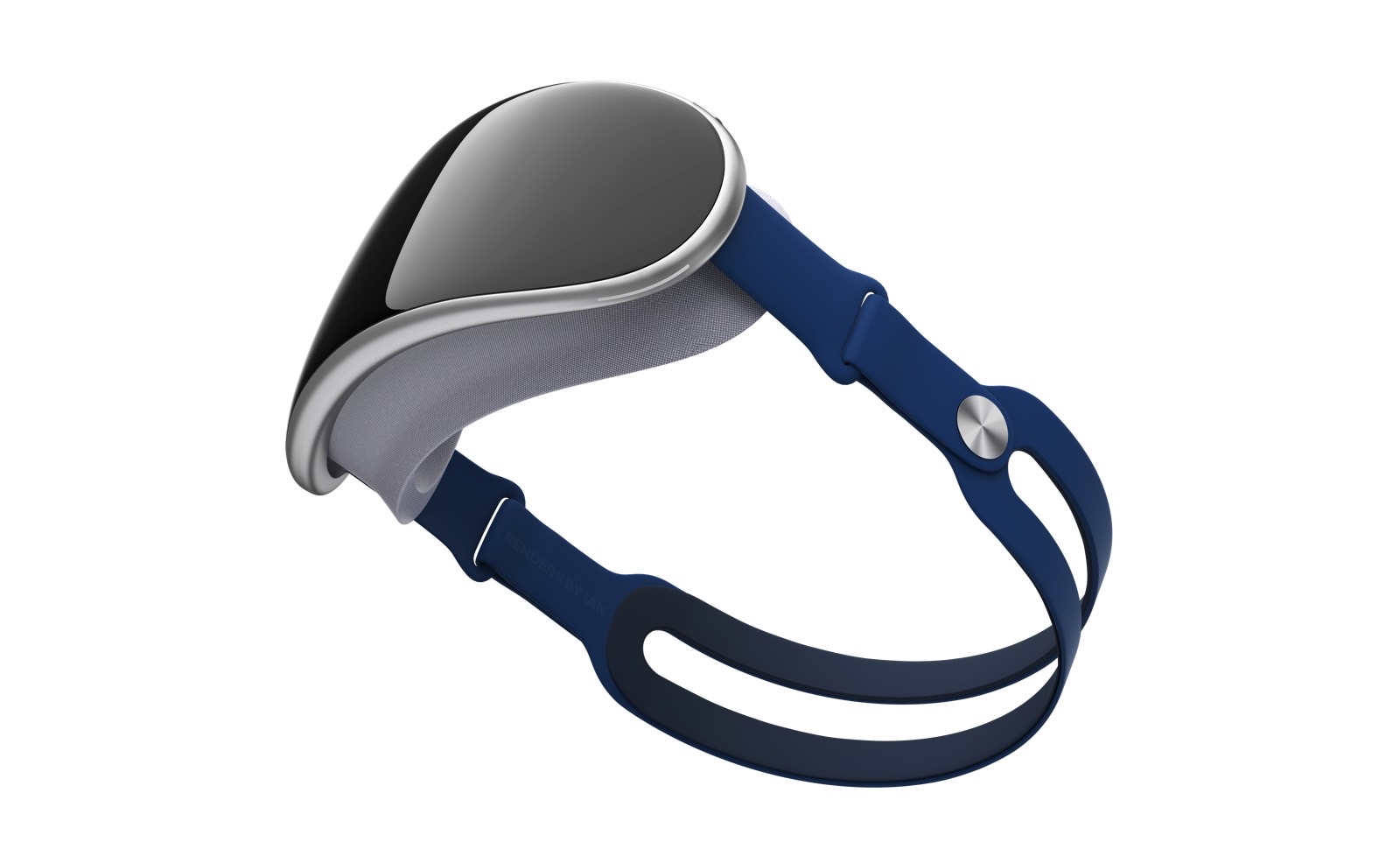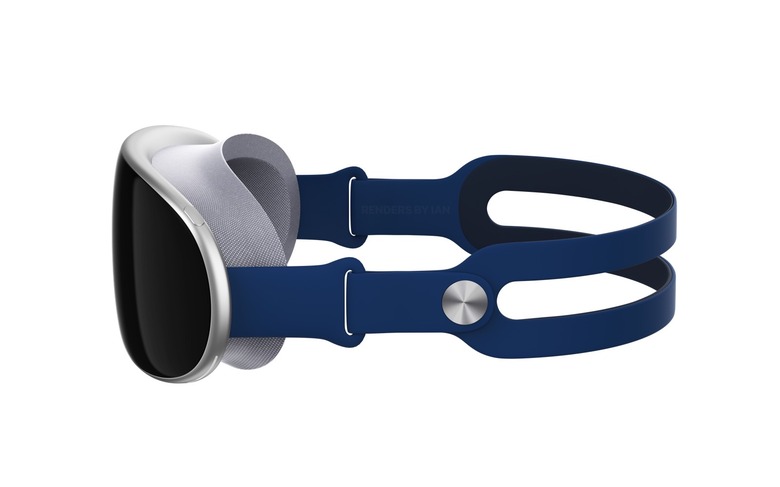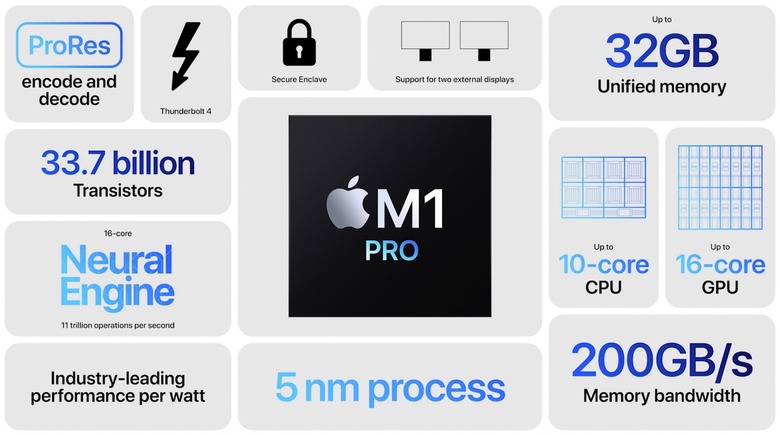Apple Glasses Specs Might Be As Powerful As An M1 MacBook Pro
Apple is widely expected to release its first mixed reality headset in 2022, after years of rumors detailing the company's augmented (AR) and virtual reality (VR) plans. Often dubbed Apple Glasses, the headset would compete against similar offerings from Facebook, HTC, and Sony. The Apple headset would focus on gaming, communication, and entertainment, just like VR products from these companies. But it would also have augmented reality features thanks to many cameras that will allow users to see the real-life world around them. Such features will require considerable resources. A new leak from a trusted insider suggests that the Apple Glasses will pack formidable specs that will allow the device to offer such advanced AR and VR features.
Ming-Chi Kuo is a well-known analyst for his connections within Apple's supply chain companies. He provided a steady stream of accurate leaks in the past few years that concerned all sorts of unreleased Apple products. He also penned quite a few research notes detailing the Apple Glasses last year. While they're yet to pan out, it's thanks to these leaks that we have some specs for the Apple Glasses.
The first-gen headset should weigh just 300-400 grams, which should make it more comfortable to use. It'll feature two 4K displays that beam content to the user's retinas. Up to 15 camera sensors will be involved in processing real-world images, and the Glasses should deliver eye-tracking technology.
Also important is wireless connectivity. The Apple Glasses will connect wirelessly to devices via high-speed Wi-Fi 6/6E. And the headset might operate without an actual connection to a different Apple gadget.

The new Apple Glasses specs claims
In late November, Kuo also tackled the CPU specs of the mixed reality glasses. The insider said the headset would feature two processors. The high-end chip will be similar to the M1, Kuo said. The low-end processor will handle sensor-related computing.
In a brand new note to investors, Kuo addressed another Apple Glasses specs detail. He said the headset would use the same 96W USB-C power adapter that comes with the high-end 14-inch MacBook Pro.
This development signals that Apple's Glasses will indeed have powerful specs that sport Mac-level computing power.
Kuo addressed the chips that will power the handset again. He claims the Apple Glasses will feature 4nm and 5nm processors coming from TSMC. The former will probably be the high-end one. All M1 chips, including the Pro and the Max, are 5nm processors. The same goes for the A15 Bionic inside the iPhone 13.
Two years ahead of the competition
While these Apple Glasses specs are not official, the charging claim is interesting. On the one hand, it implies that the headset will recharge faster than iPhones and iPads. That's an important feature to have for a device that's not supposed to offer all-day battery life. Secondly, just as Kuo has mentioned, the 96W charger signals that the device can draw a lot of power for VR and AR functionality. It's too early to tell whether you would use the device while it's charging. But a 96W charger implies there might be experiences where being hooked up to power while you use the glasses wouldn't be an issue.
If these specs speculations are accurate, then we should also assume the Apple Glasses will feature large battery packs. The battery might make the most of that 300-400g weight.
Finally, these Apple Glasses specs leaks lend further credence to price leaks for the headset. It was the same Kuo that recently said the glasses would cost above $1,000. That's more expensive than the competition. Putting an M1-grade chip (or newer) inside head-worn computer results in a formidable device that might offer MacBook-like experiences. Per MacRumors, Kuo did say in the new note that Apple's headset will be two to three years ahead of the competition in terms of power.

